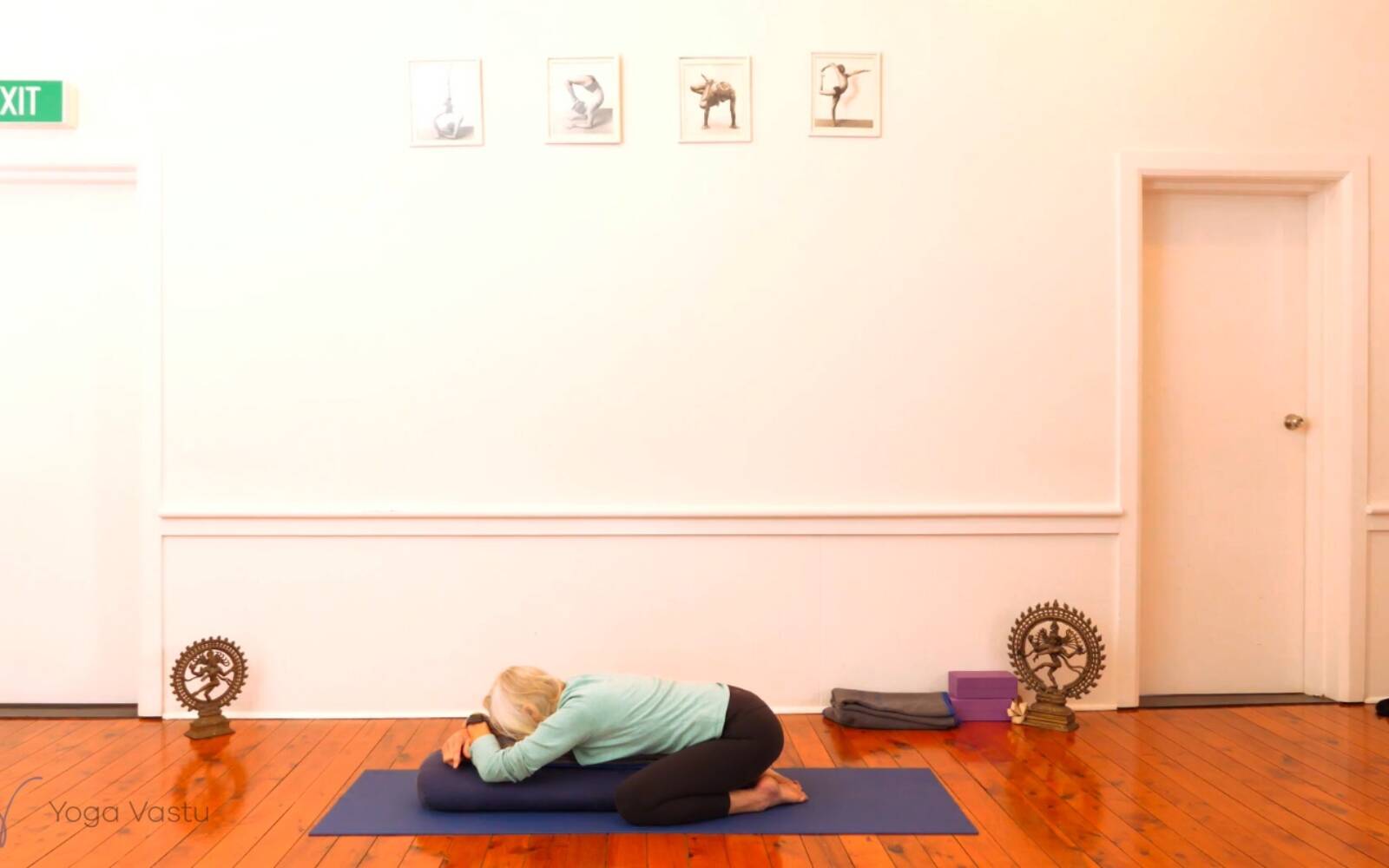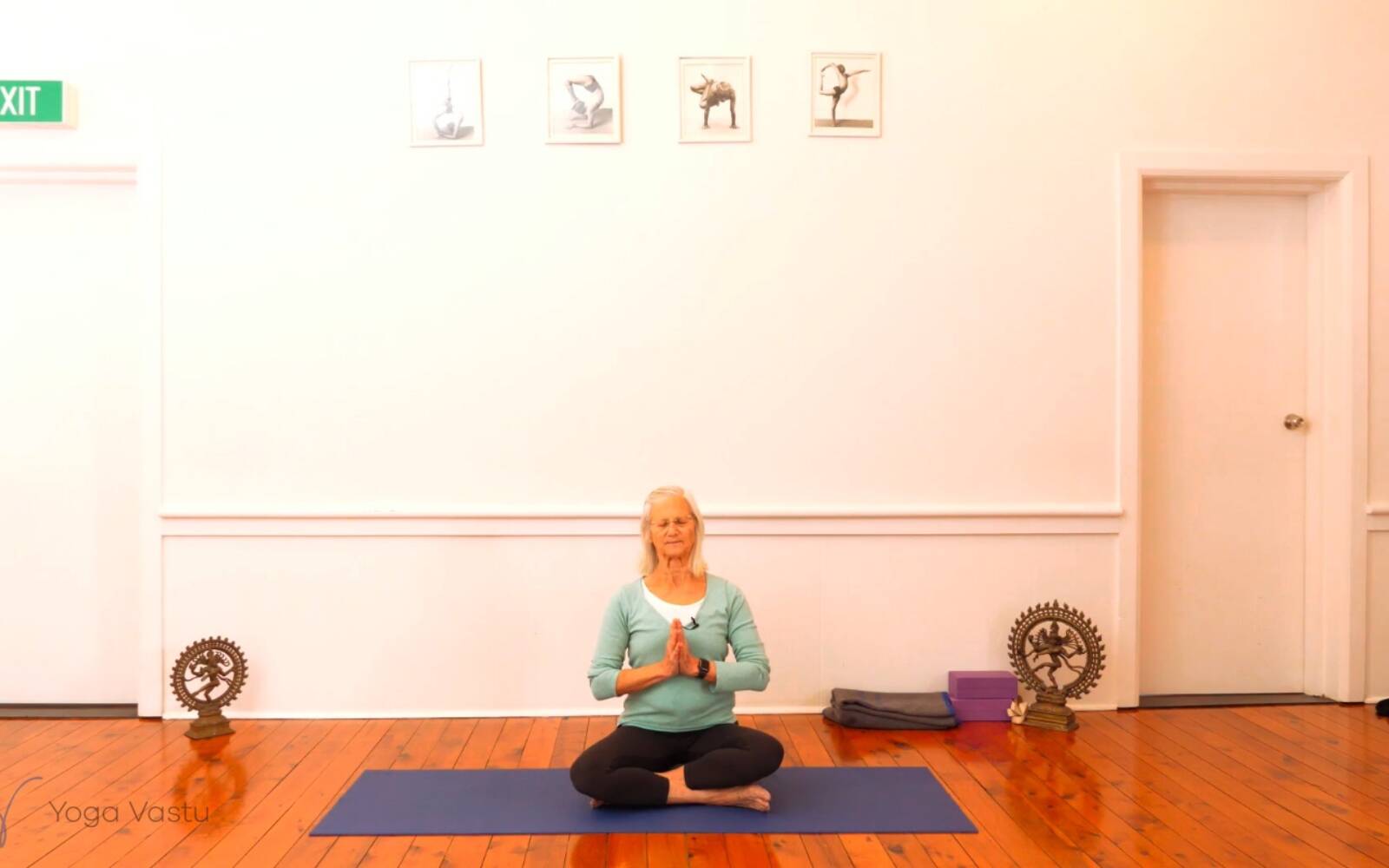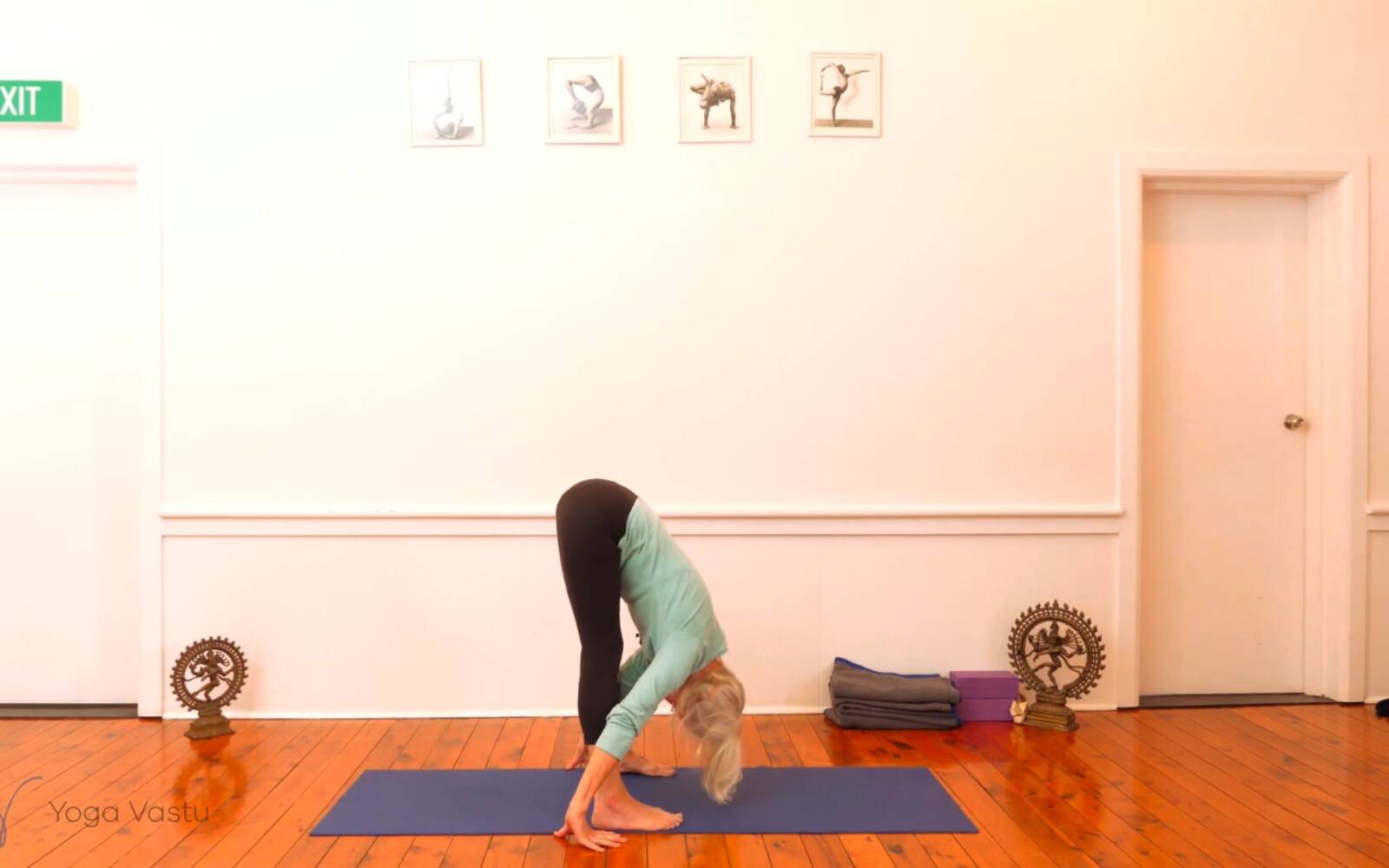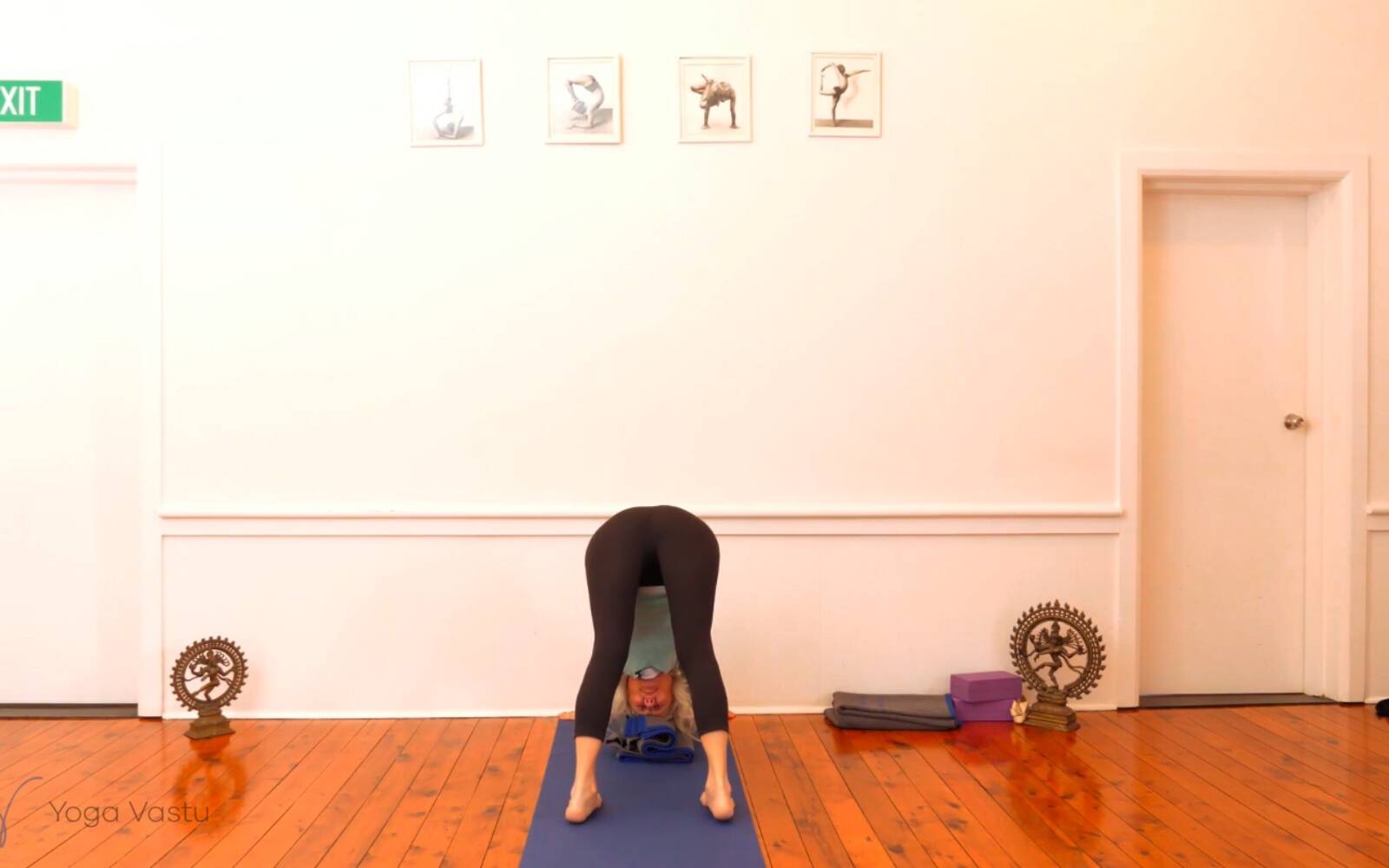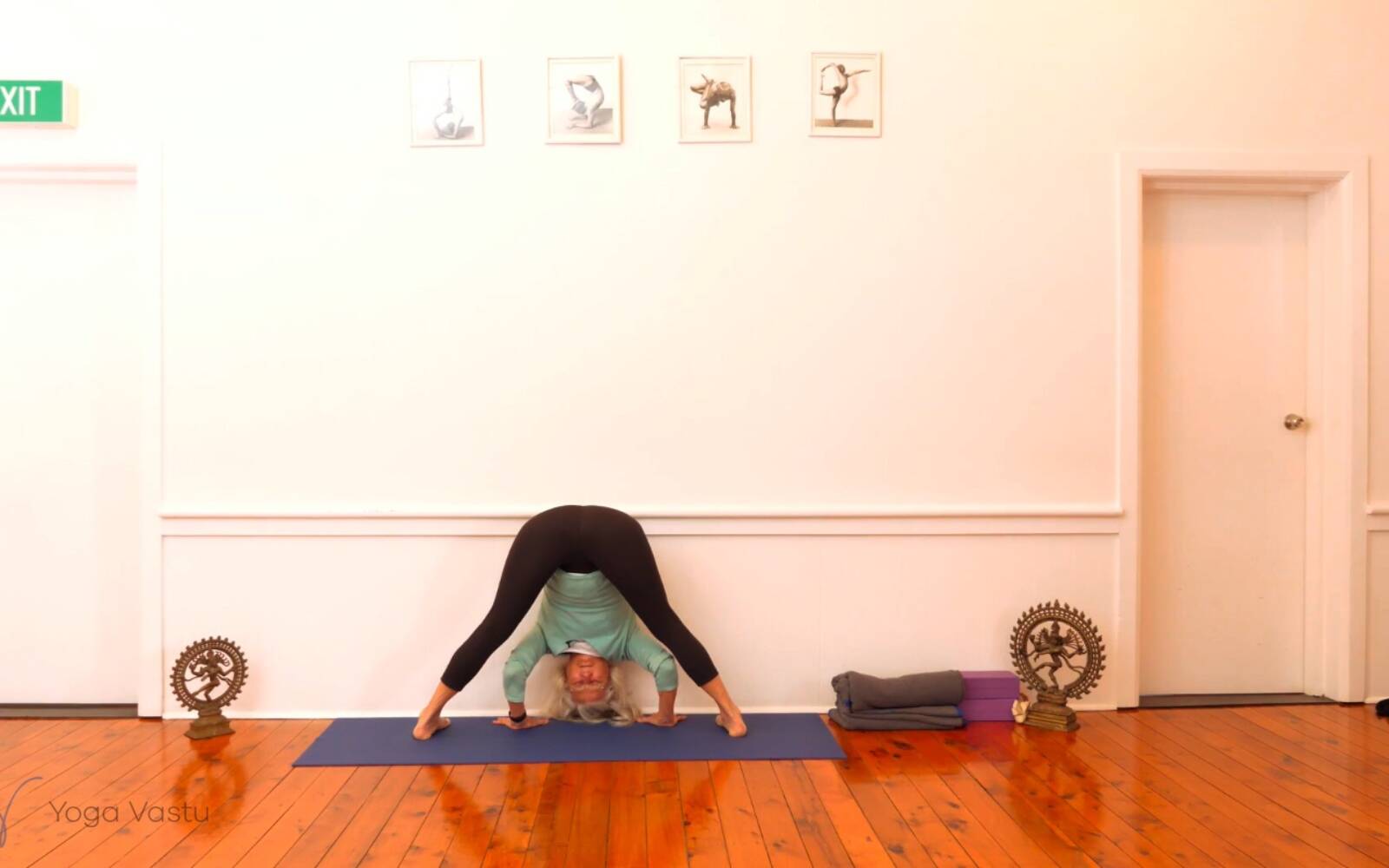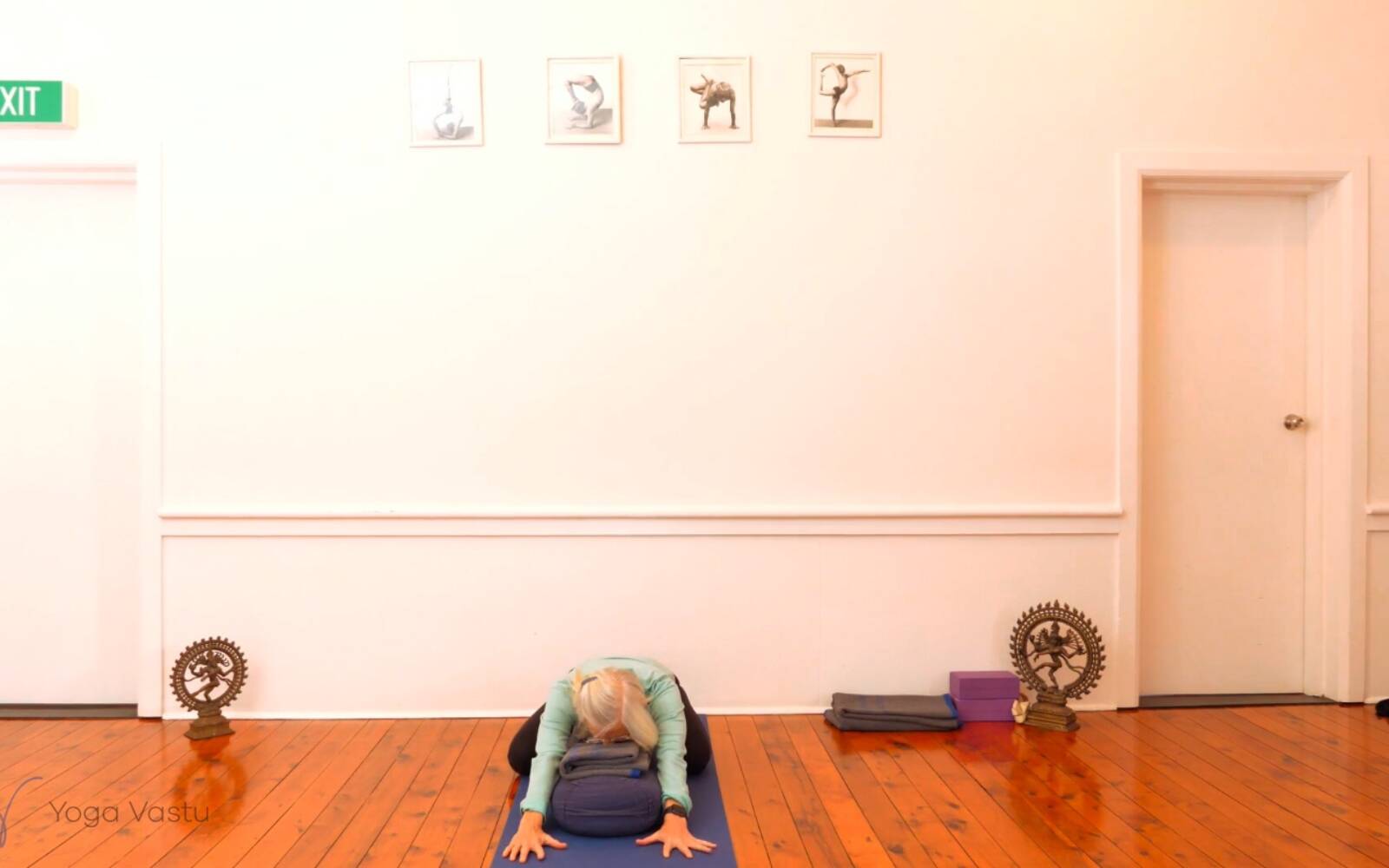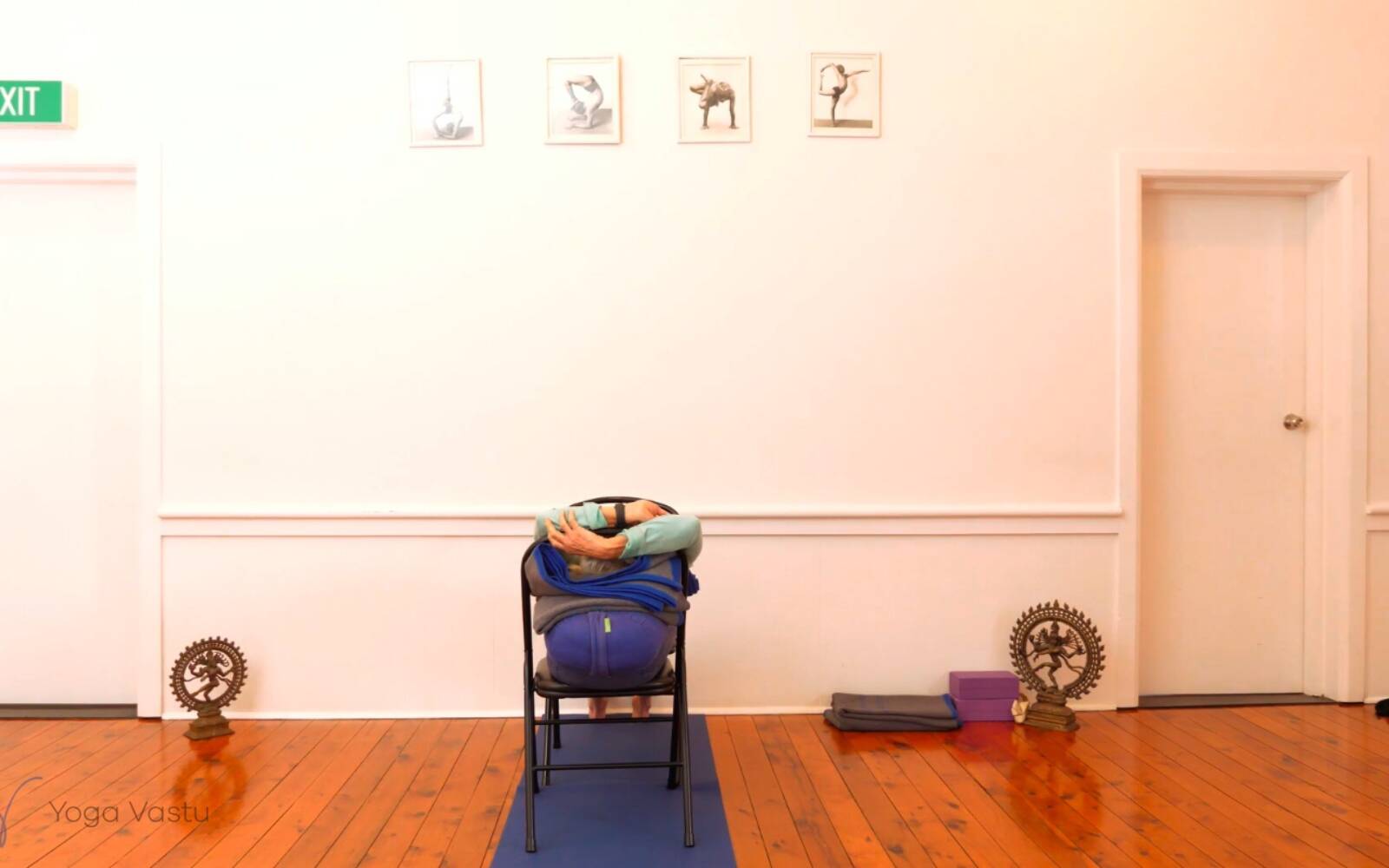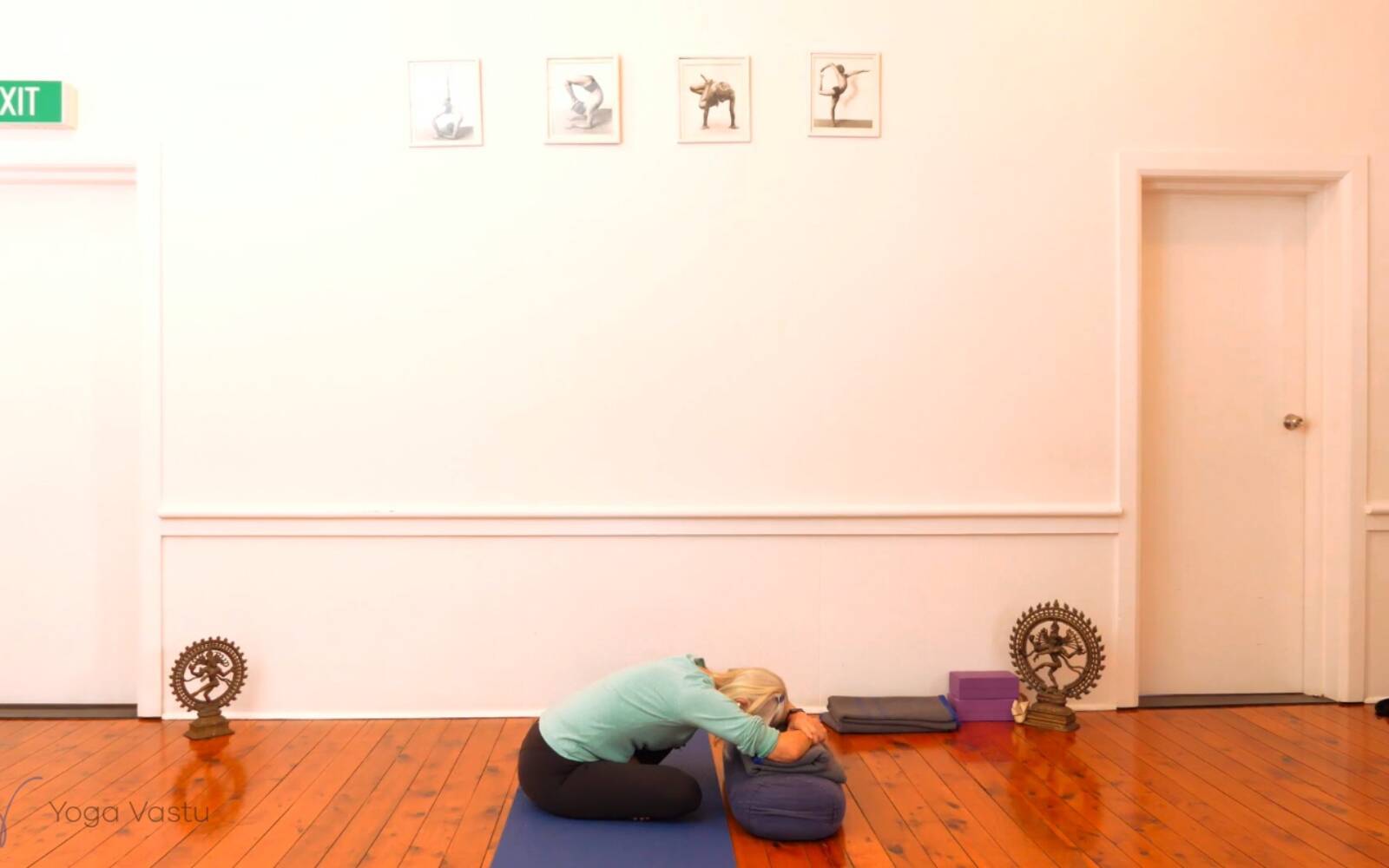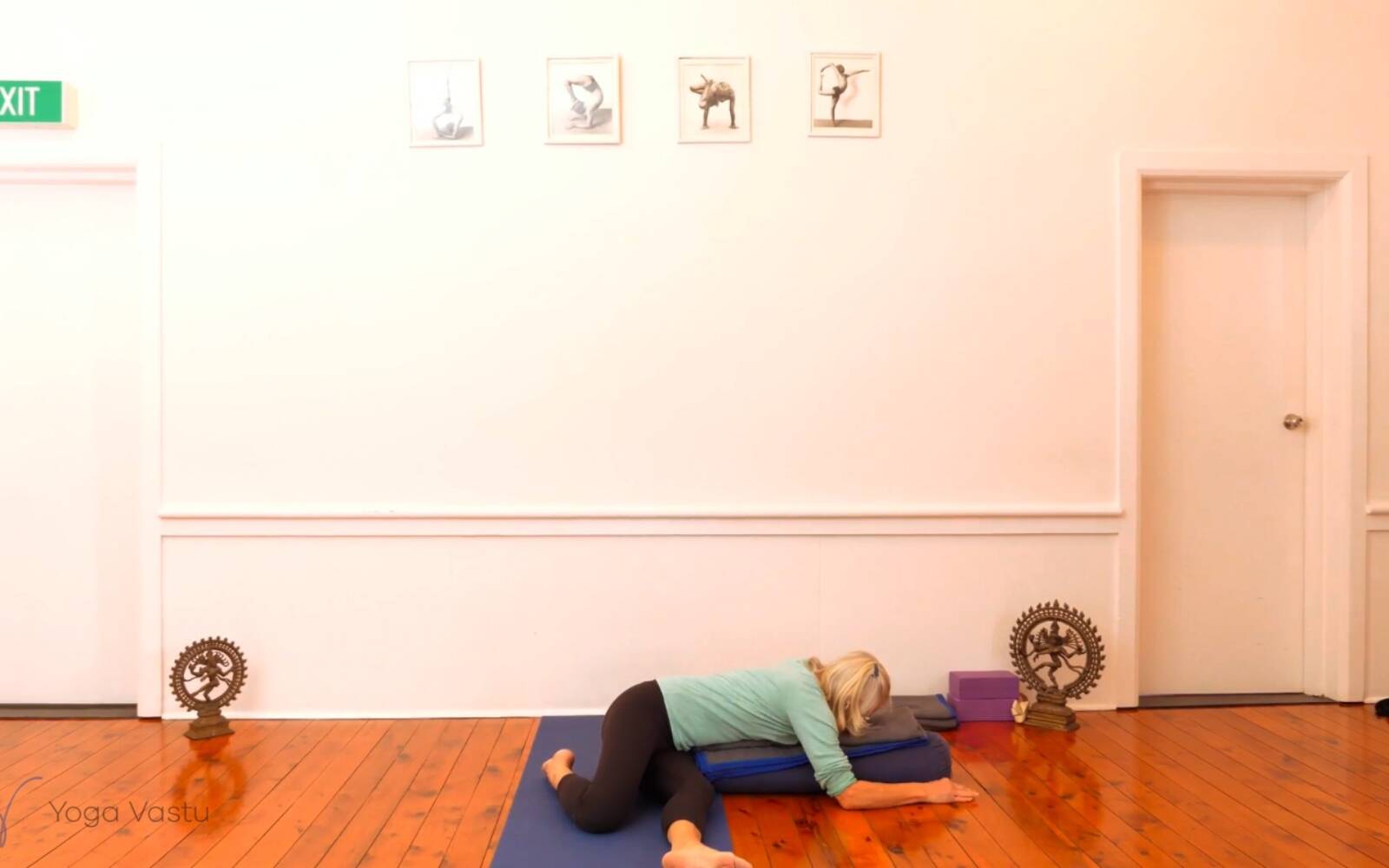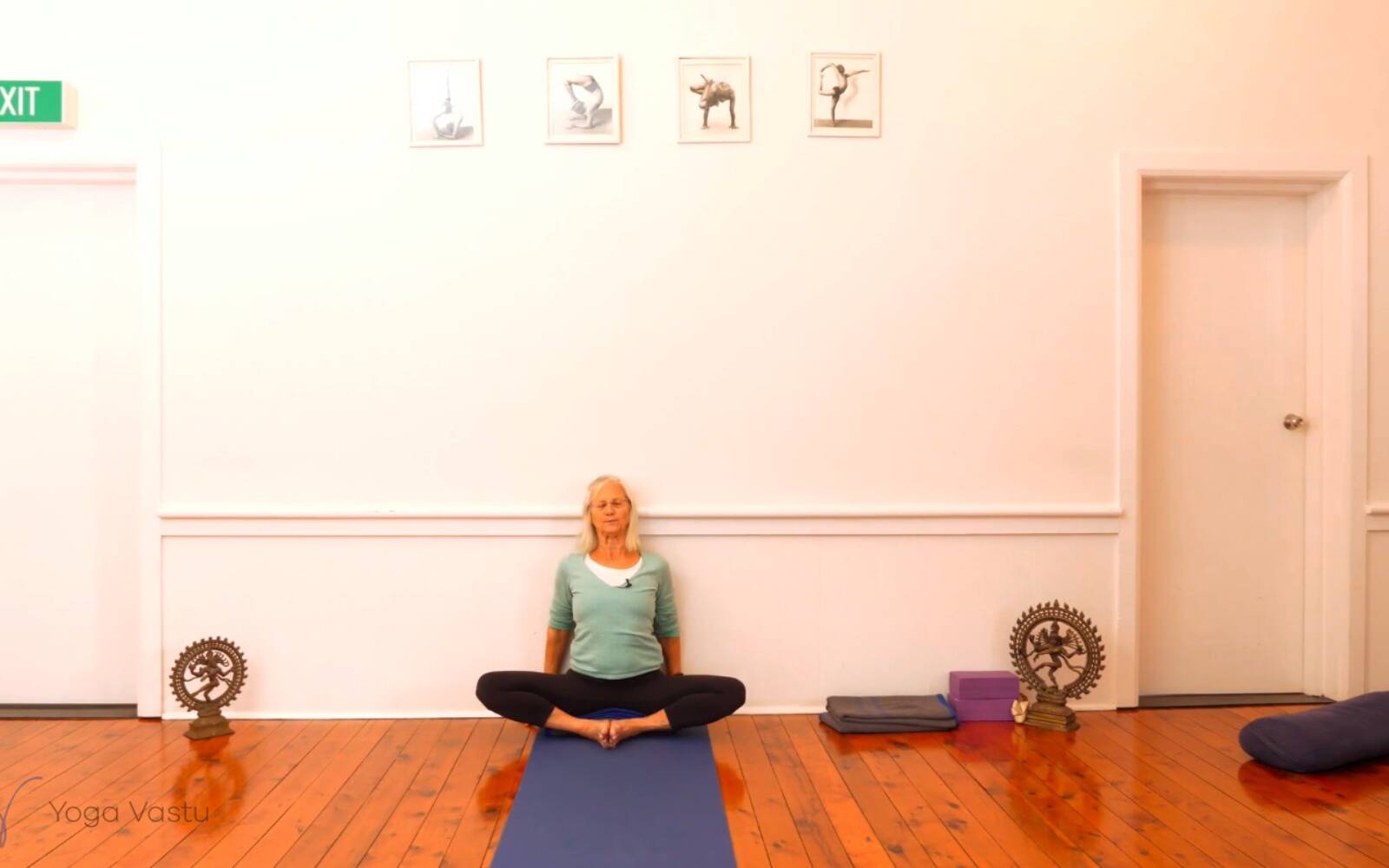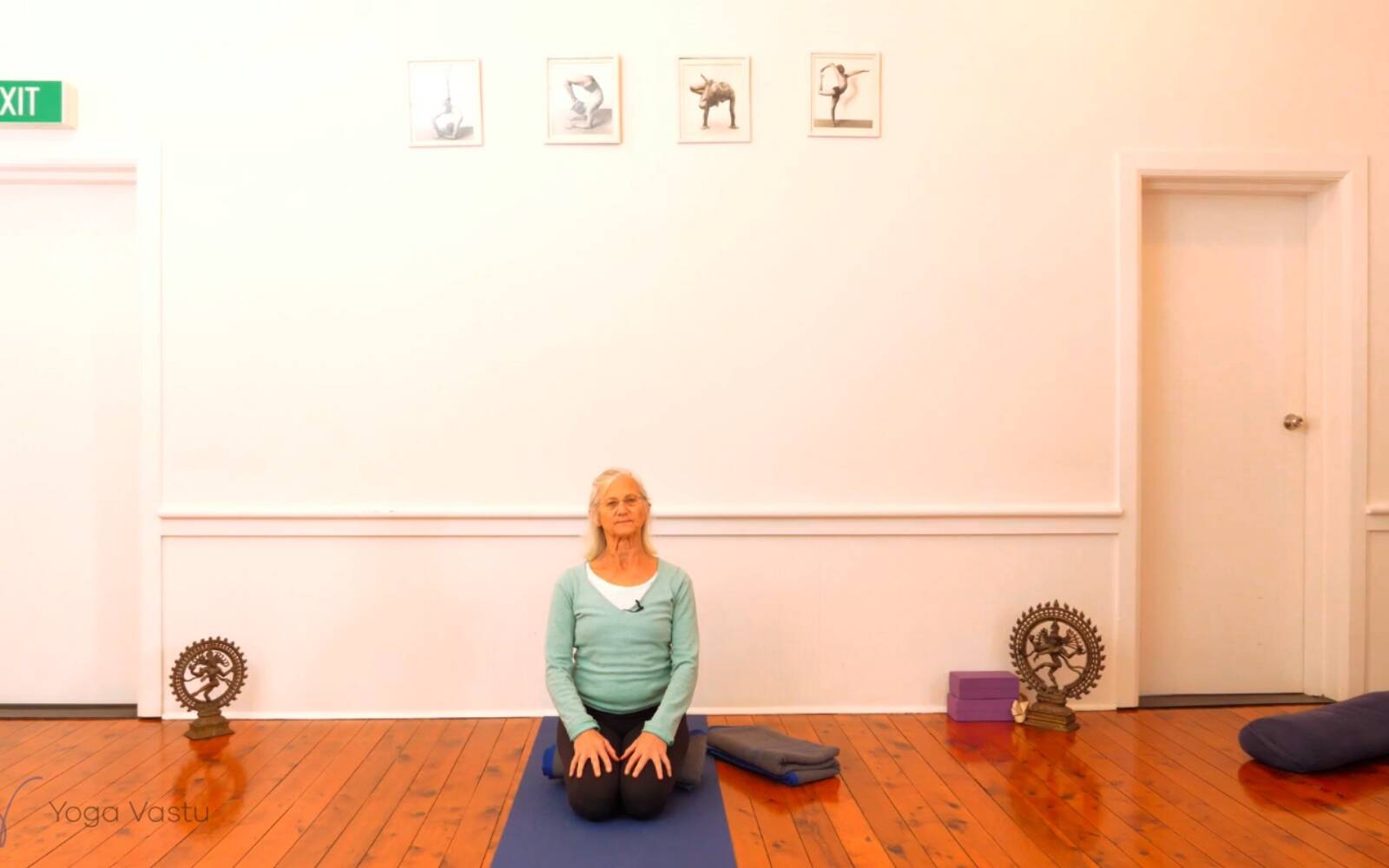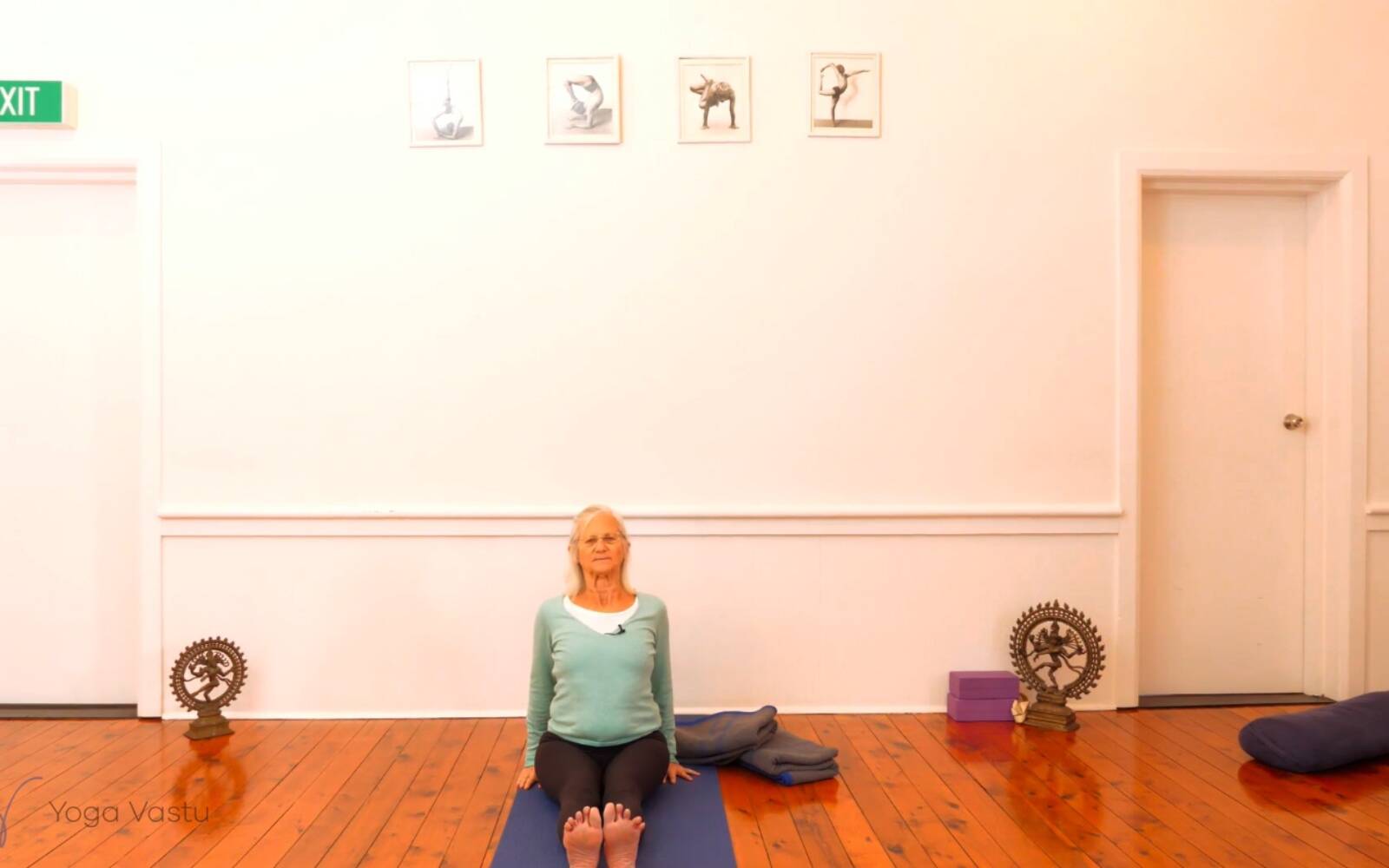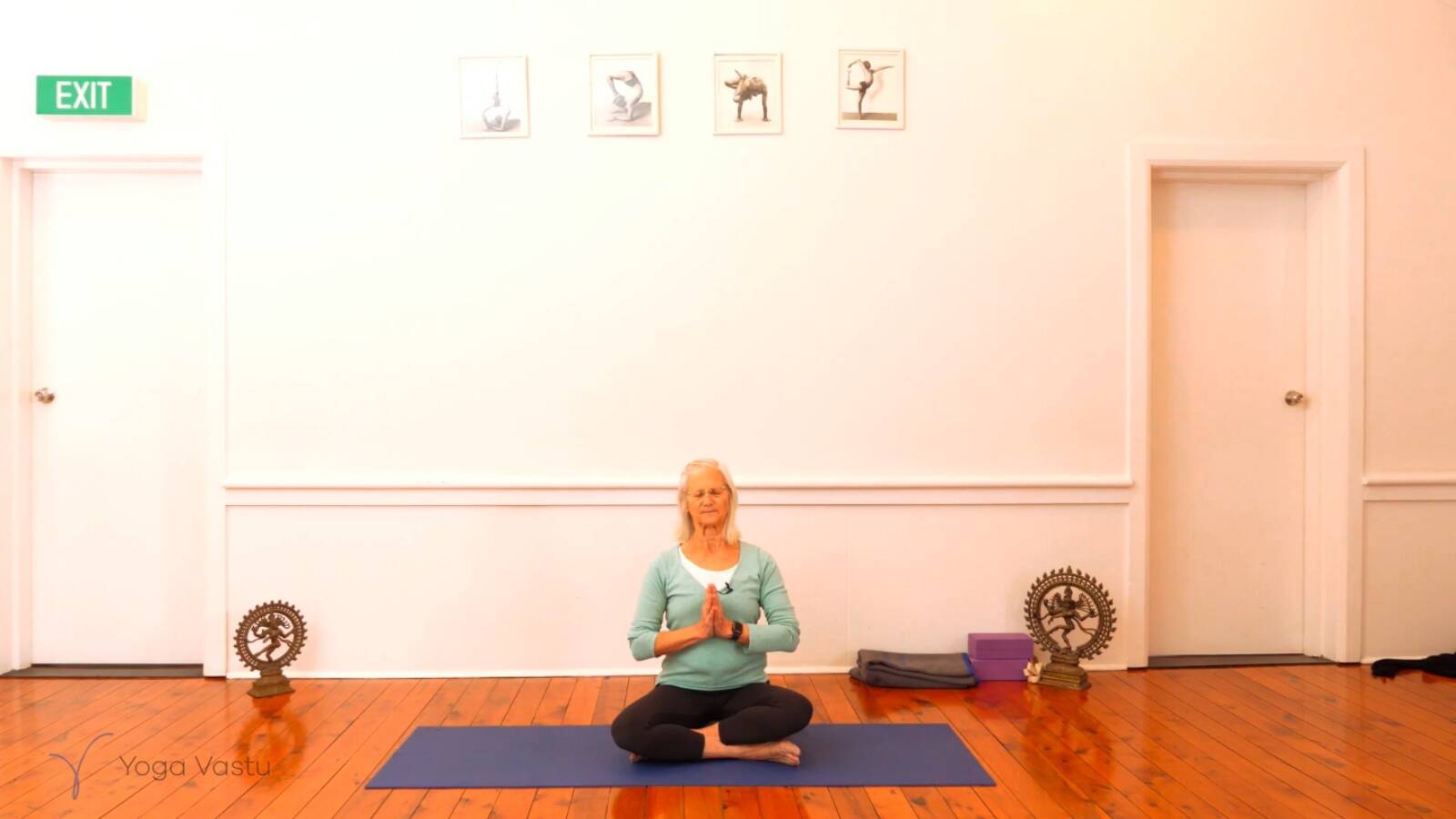Being able to do pranayama in a seated position for prolonged periods of time is a skill that takes a lot of work and usually only comes after a long and sustained period of dedicated practice. Pranayama is often regarded, especially by less experienced students, as something that can be skipped over, something that doesn’t necessarily affect the rest of their practice.
But pranayama is an essential skill. First and foremost, through restorative sessions, we can gauge how far we have come in our asana practice. We do this by taking some time to notice how the body feels in some more static postures, be they seated or supine. Are we able to let go and relax fully? Does our breath flow naturally or is it still strained? To what extent do we need to modify the poses and why do we choose some modifications over others?
By keeping track of our answers to these questions during each pranayama and restorative session we do, we can become more aware of our progress. This is especially the case when talking about seated pranayama. Supine postures, though not without their own nuances, are quite passive in nature. Seated postures like Siddhasana and Padmasana, on the other hand, are much more active — hence their energising effects.
Poses involved in seated meditation often require greater strength in the spine, more flexibility in the hip and knee joints, and a stronger core. So in this class, we will be working on entering into a seated meditation session in a smooth way, through an asana practice focussed on strengthening the necessary foundations.
Video stills from this sequence
